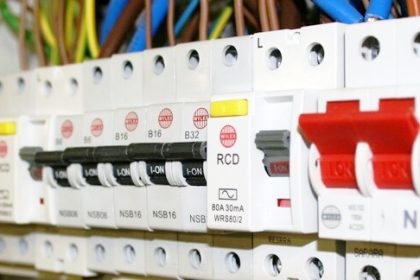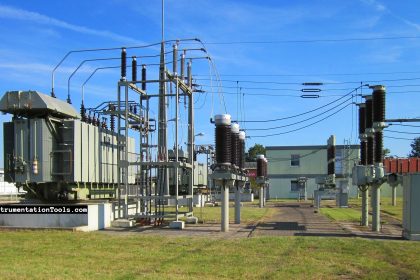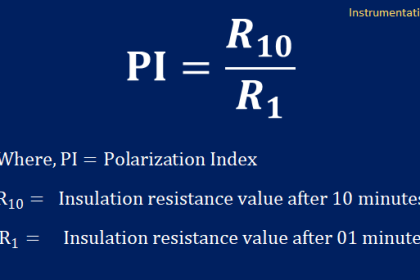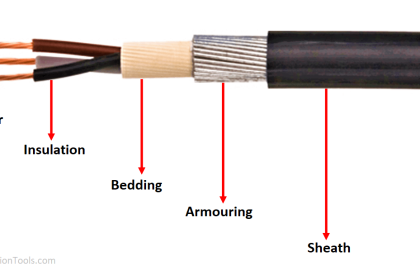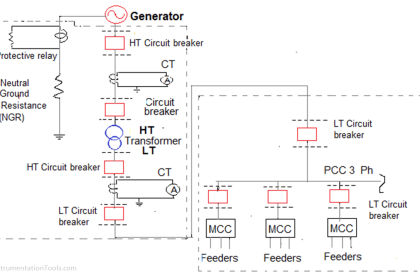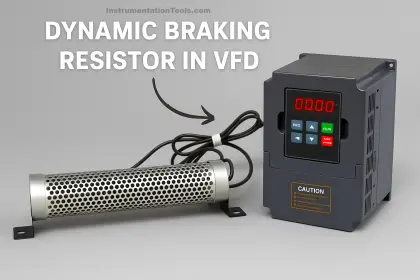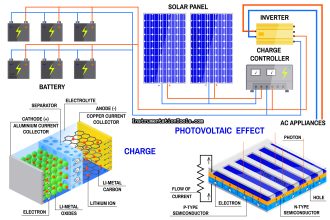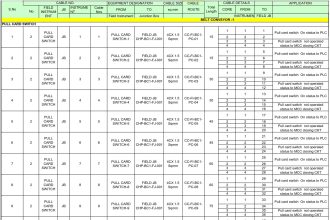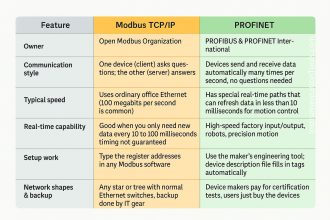A motor disconnector switch is a device used to safely disconnect a motor from its power source and ensure the motor is turned off completely for maintenance or safety purposes.
A motor is a device that is required in almost all applications, be it a simple fan to a big wind turbine fan. Because it helps in moving things either in linear or rotating form, motors find a big use in many processes.
What many don’t know is that there is a device that can be used as a switch to provide power to the motor. This is called a motor disconnector switch.
Motor Disconnector Switch

A motor disconnector switch is of great use for worker safety, bringing downtime to a low value and ensuring that you have the freedom to isolate a motor from the circuit if not in use. So, it is necessary for electrical engineers to understand how does it work. In this post, we will see the concept of a motor disconnector switch.
What is the purpose of using a motor disconnector switch?
Suppose there is a motor that is operated in auto or manual mode. Auto mode will be controlled by PLC and manual mode will have push buttons in the electrical panel for operating it.
Now, suppose the PLC has failed and the operator is now operating the motor through manual mode. But what happens if the motor only fails? And what if some operator is working near the motor and someone has accidentally pressed the start button from the panel?
In that case, the life of the operator near the motor can be endangered as any accident can happen. In that scenario, it would be better if someone had isolated the motor only from operation. This can then be done by a motor disconnector switch.
Now, you would ask that instead of separately installing it, one could have also turned off the circuit breaker of the motor. But, in an electrical panel, instead of finding the circuit breaker by reading a drawing or if the panel is located at a faraway location from the motor, it would make sense if some device is present right near the motor to turn it off. This will be done by this switch easily.
The main purpose of this switch is to thus isolate the motor connection when required and bring it back into the picture once the maintenance work has been assured. There is no concern of any live power getting in contact with the technician and any accident can thus be avoided.
Also, instead of opening a live running panel, finding an MCB and then turning it off would better make way for this method for isolating a motor.
How does a motor disconnector switch work?
Refer to the below image. As shown, it is made up of contact with the outside world. This contact is operated by the technician to turn on or off the power supply. This contact is usually a handle or a toggle switch.
The motor disconnector switch is mounted on an enclosure, which ensures that the operator does need not to open the panel and come in contact with any live wire inside. This handle goes inside the panel through a rod-type connection to the contactor inside. Turning on or off the switch will accordingly operate the contactor. Due to this, the motor will get its power supply accordingly.
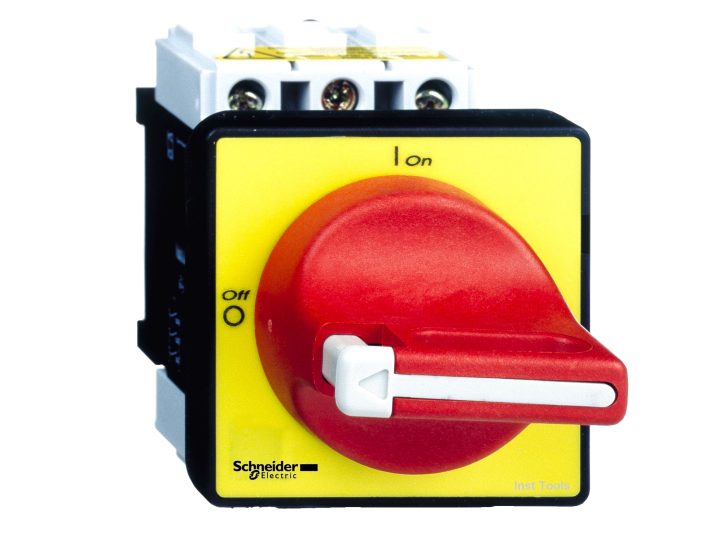
One of the main points is how is it installed. The mounting method is important because this is the technology that allows the operator to operate the motor without touching any electrical part inside. Once the switch is turned off, the motor cannot operate in any mode even if the contactor has its input supply present.
As long as the switch is off, the input supply will not be passed to the output supply of the contactor. This switch comes in a package, with a contactor and a switch mechanism. You cannot buy it separately, otherwise, there is no use in working with it.
Types of motor disconnector switches
- Fused Disconnect Switch
- Non-Fused Disconnect Switch
- Rotary Disconnect Switch
- Knife Switch
- Load Break Switch
- Safety Switch
- Magnetic Disconnect Switch
- Motor Circuit Breaker
- Push Button Disconnect Switch
- Toggle Disconnect Switch
Factors to consider for selecting a motor disconnector switch
1. Check the current rating of the motor disconnector switch. It must always be above the rated motor current rating. It is similar to how you select a circuit breaker.
2. The motor disconnector switch should not consume much space in the panel.
3. The motor disconnector switch should comply with certificates like EN 60947-1, EN 60947-3, IEC 60947-1, IEC 60947-3, or UL60947-4-1. This ensures that the switch is safe to use and industry standard.
4. The handle must be smooth to operate and not rigid.
5. The motor disconnector switch should be resistant to any environmental changes, or nearby surroundings, or chemical reactions.
If you liked this article, then please subscribe to our YouTube Channel for Electrical, Electronics, Instrumentation, PLC, and SCADA video tutorials.
You can also follow us on Facebook and Twitter to receive daily updates.
Read Next:
- What is an Electrical Conduit?
- Single Core and Multi-Core Cables
- Difference Between HV and LV Cables
- Types of Cables in Industrial Automation
- Flame Resistant and Retardant Cables
